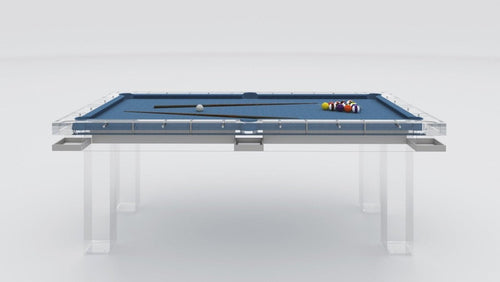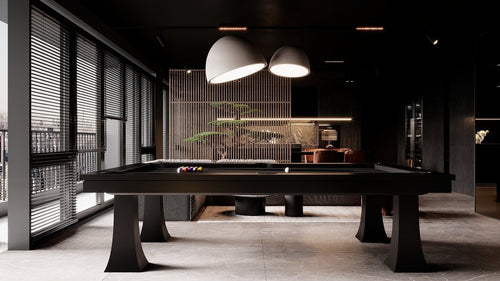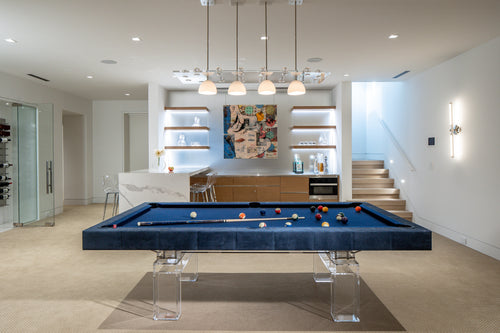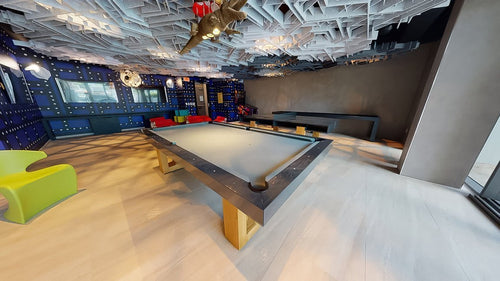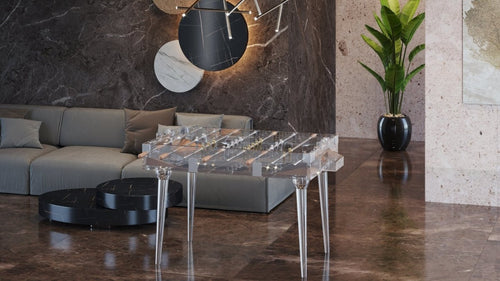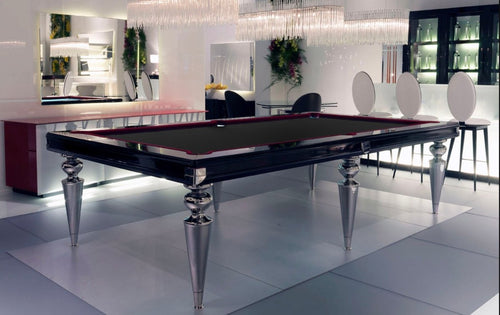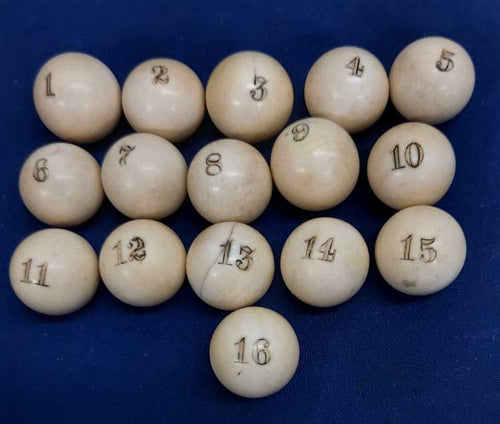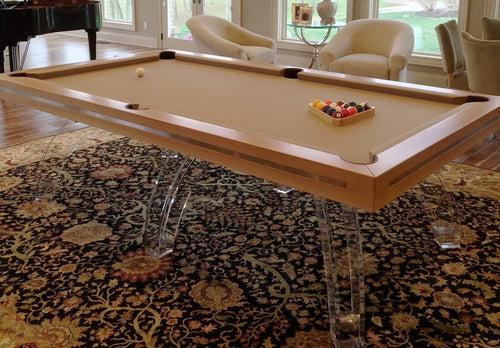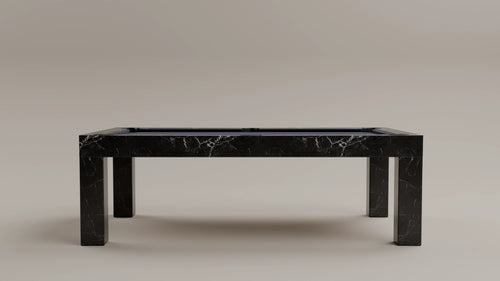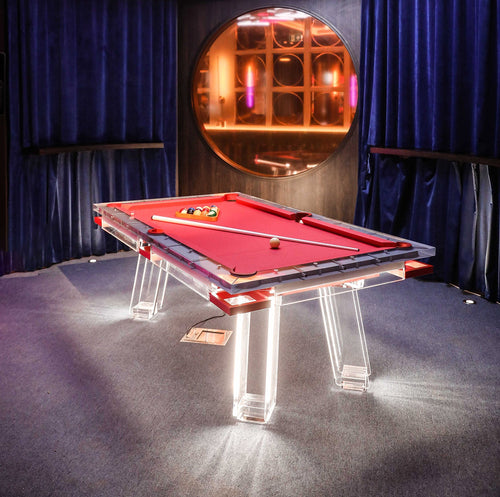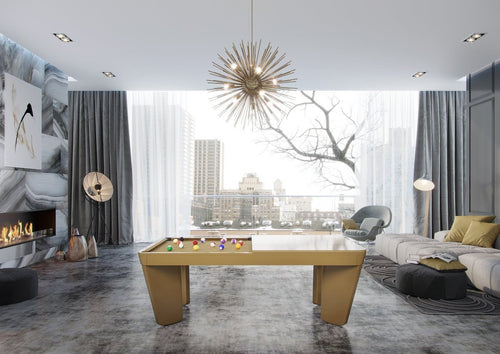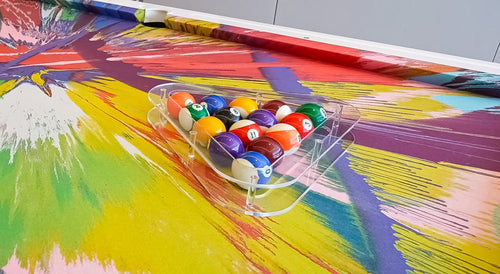Enjoy our modern designs
Estimated Read Time: 5 mins |
Long before the rise of Classical Greece and Rome, the Minoan and Mycenaean civilizations of the Aegean laid foundational concepts for Western architecture and interior design. Though considered “prehistoric” due to the lack of written records, these cultures—emerging around 2000 B.C.E. on the island of Crete and the Greek mainland—produced sophisticated urban layouts, elaborate palaces, and interior spaces rich in artistic expression.
Minoan Culture on Crete: Informality and Color
The Minoans, named after the legendary King Minos, developed across Crete in a series of towns and small cities, each centered around a palace. Excavations at sites like Knossos reveal a civilization supported by agriculture, fishing, and trade, with an estimated population of 80,000. Although cities were frequently destroyed—often by natural disasters—the practice of rebuilding in layers has left behind complex archaeological records.
- Wall paintings featured vibrant depictions of plants, animals, and marine life.
- Interiors contrasted rich color with simple stone floors and stone benches.
- A carved stone throne in the Throne Room suggests ceremonial function mixed with artistic flourish.
These reconstructions suggest that Minoan interiors were surprisingly informal, colorful, and deeply tied to the natural world—an early precursor to later Mediterranean design values.
Mycenaean Culture: Monumentality and Formality
The Mycenaean civilization (1600–1250 B.C.E.), centered on the Greek mainland at sites like Mycenae and Tiryns, adopted a more fortified and monumental architectural language. Palaces were built on high ground and enclosed by massive walls of rough-cut stone, assembled without mortar—a construction technique that still astonishes archaeologists today.
A hallmark of Mycenaean palace design was the Megaron:
- The Megaron was the main hall of the palace complex.
- It featured a gateway leading to a columned courtyard, progressing into an outer vestibule, portico, and the Megaron itself.
- The central room included a round hearth, four wooden columns, and a throne on one side wall.
- Floors were tiled with decorative patterns, and walls likely bore painted motifs in geometric or symbolic designs.
The Megaron’s symmetrical layout and formal progression marked the earliest use of monumental spatial planning in Europe—and directly influenced the development of the later Greek temple.
Town Dwellings and Everyday Interiors
- Homes were small (four to five rooms) and arranged along narrow, winding streets.
- There was no formal urban grid, suggesting organic growth and community clustering.
- Unfortunately, no intact furnishings have survived from domestic spaces, leaving much of the everyday interior experience to speculation.
Pottery, painted tiles, and wall paintings offer glimpses into the design vocabulary of these cultures, but the lack of surviving artifacts limits a full understanding of daily life inside Aegean homes.
Color, Pattern, and Symbolism
- Frescoes featured fluid natural forms and dynamic movement, avoiding the rigid symmetry of later Greek styles.
- Decorative patterns adorned floors and walls, suggesting a high regard for artistic expression within interior spaces.
- Surviving ceramics and painted tiles reinforce the sense of a vibrant, visual culture, even in utilitarian objects.
This integration of beauty and function within interiors foreshadowed many principles later formalized in classical design.
Legacy and Influence
- The Megaron was a direct architectural ancestor of the Greek temple.
- Minoan openness, decorative boldness, and connection to nature inspired elements of later Mediterranean interiors.
- Their advancements in space planning, structural innovation, and ornamentation marked a significant step in the evolution of designed environments.
Conclusion
Minoan and Mycenaean interior design reveals that even in prehistory, humans shaped their spaces with thought and creativity. Whether through the ceremonial geometry of the Mycenaean Megaron or the naturalistic murals of Knossos, these early interiors demonstrate a sophisticated relationship between architecture, decoration, and daily life. Though their artifacts are scarce, their influence remains embedded in the DNA of Western design history.




